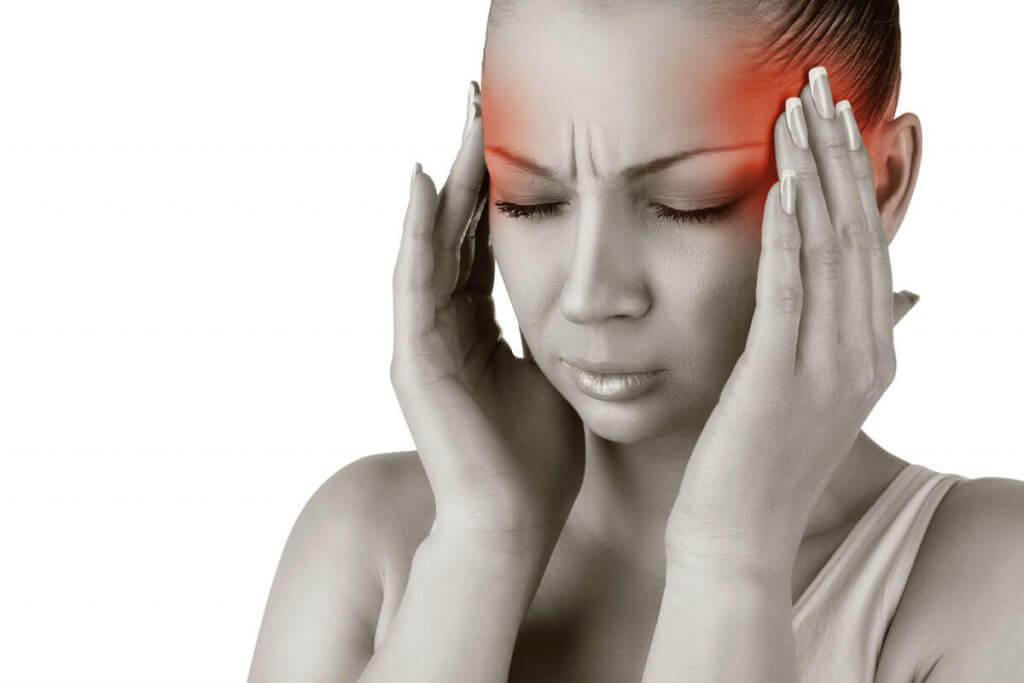All headaches cause pain and suffering, but they are not all created equal. Some are caused by lack of sleep, hunger, or dehydration, Others are symptoms of more chronic health conditions such as cluster headaches and classic migraine. The accompanying symptoms also vary by type so there much to consider when trying to determine the origin of your head pain.
So how do you know if you have a true migraine? What makes it different from other headaches? Your doctor can diagnose the condition, but it is helpful to recognize the tell-tale signs of different headache types.
Breaking Down the Major Types
There are two categories of headache pain, primary and secondary. When circulation problems in the brain cause pain, this is a secondary headache. This type can also be caused by an underlying condition such as sinusitis, flu, colds, blood clots or many other reasons.
On the other hand, here is a list of common primary headaches:
- Cluster headaches
- A migraine with or without aura
- Tension headaches
- Trigeminal autonomic cephalgia (TAC)
Among these types there are many variations, some occur more frequently and other strikes for extended periods or accompany other symptoms.
What Makes Migraine Different?
A migraine is a primary headache unlike any other. This is important to know for those unsure they experience migraines and those who know for sure. While there are many varieties of migraine headaches, several symptoms are commonly associated with it:
- Nausea
- Pain behind one year or eye
- Pain localized behind the temples
- Sensitivity to sound or light
- Spots and flashing lights before or with pain
- Temporary vision loss
- Vomiting
The pain can strike either one or both sides of the head, and is characterized as intense throbbing, severe and debilitating enough to keep you from performing daily tasks. There are also cases with aura, a series of sensations leading to a full-blown headache—and those without.Auras can start 10–30 minutes prior to onset and may include:
- Changes or sharpening sense of smell, taste, or touch
- Decreased mental alertness and focus
- Flashing lights before the eyes
- Tingling or numb sensation in face and hands
Patients may also experience any of these symptoms a day or two before an attack:
- Constipation
- Depressed mood
- Frequent yawning
- Irritable Mood
- Neck stiffness
- Specific food cravings
Since each case is so individual it is good practice to jot down your symptoms, before, during and after an attack. Keeping a log will help you better understand what to look out for and whether your pain is likely the result of migraine.


